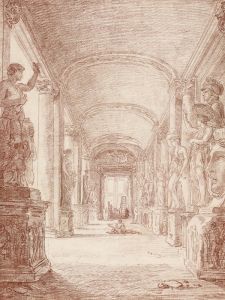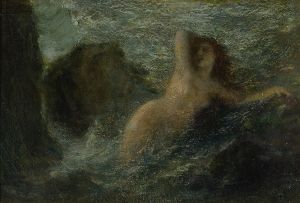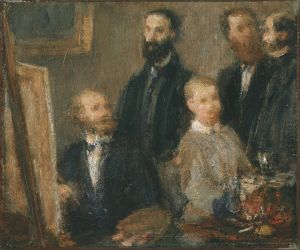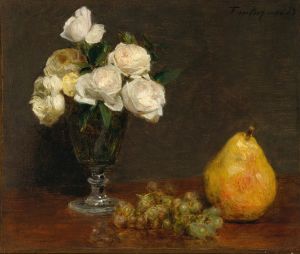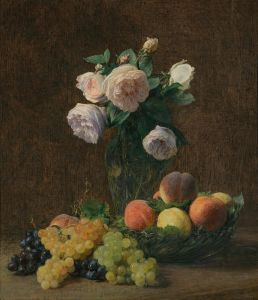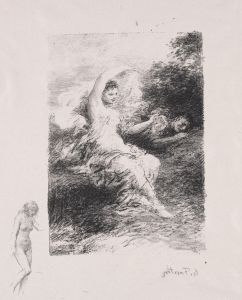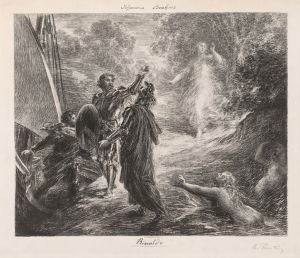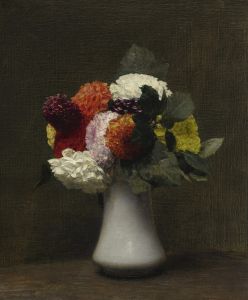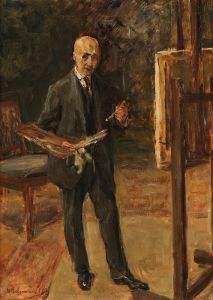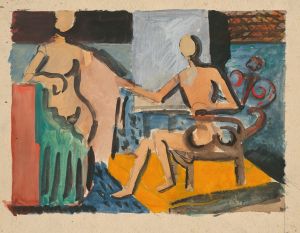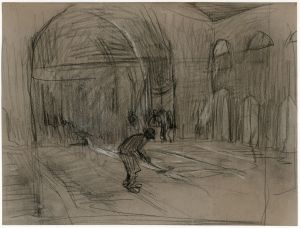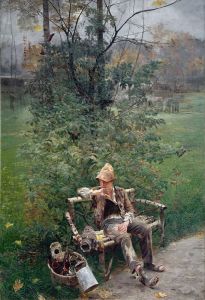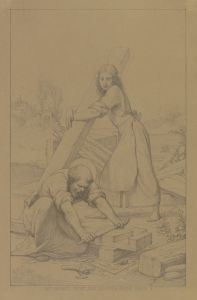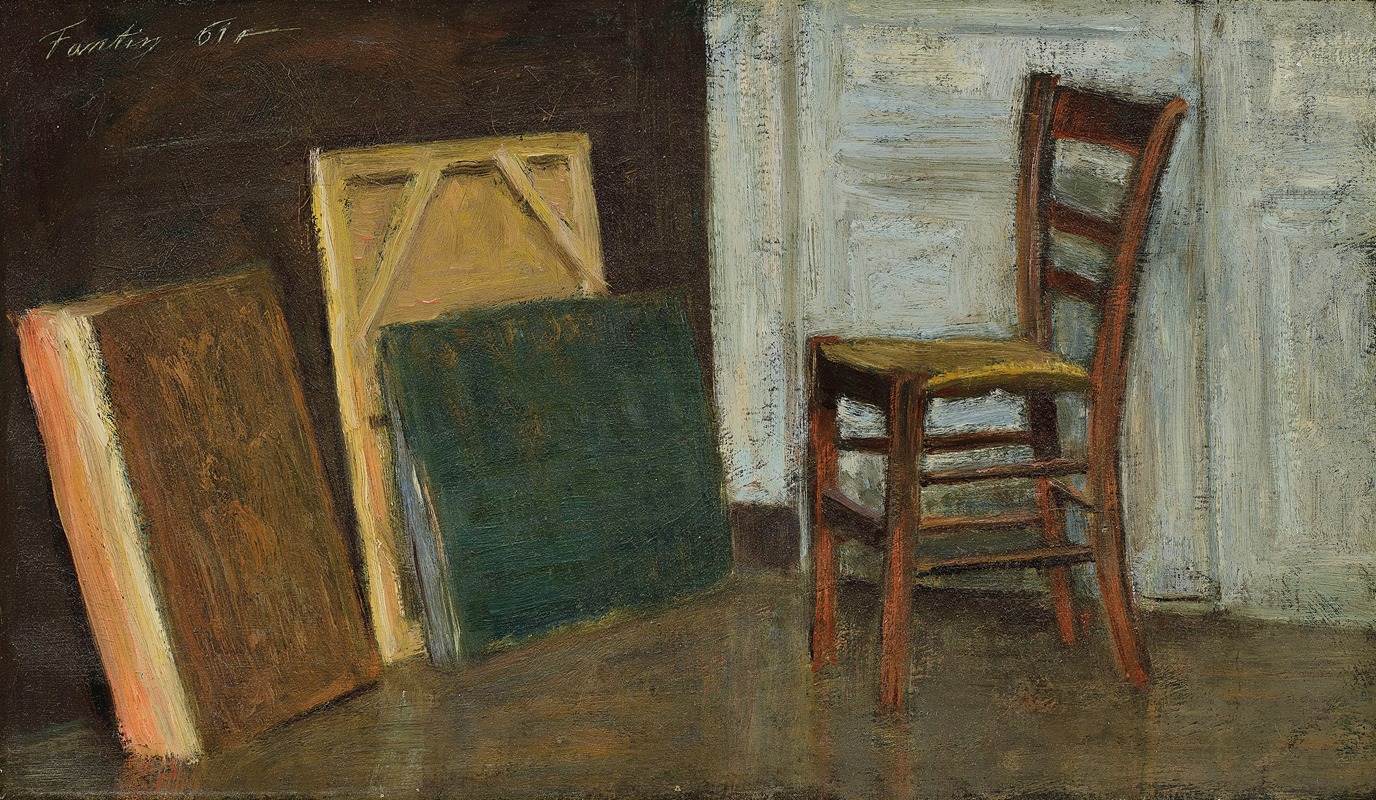
Un coin d’atelier
A hand-painted replica of Henri Fantin-Latour’s masterpiece Un coin d’atelier, meticulously crafted by professional artists to capture the true essence of the original. Each piece is created with museum-quality canvas and rare mineral pigments, carefully painted by experienced artists with delicate brushstrokes and rich, layered colors to perfectly recreate the texture of the original artwork. Unlike machine-printed reproductions, this hand-painted version brings the painting to life, infused with the artist’s emotions and skill in every stroke. Whether for personal collection or home decoration, it instantly elevates the artistic atmosphere of any space.
Henri Fantin-Latour's "Un coin d’atelier" is a notable work by the French painter, known for his exquisite still lifes and group portraits. Fantin-Latour, born in 1836, was a prominent figure in the 19th-century art scene, particularly recognized for his ability to capture the essence of his subjects with a delicate and precise touch. "Un coin d’atelier," which translates to "A Corner of the Studio," is one of his works that exemplifies his skill in portraying intimate and personal spaces.
The painting was completed in 1873, a period when Fantin-Latour was deeply engaged in exploring the themes of realism and the personal environments of artists. This work is a reflection of his interest in the artist's studio as a subject, a theme that was popular among many artists of his time. The studio was often seen as a sanctuary for creativity and a space where the artist's personality and inner world could be expressed through the objects and arrangements within it.
"Un coin d’atelier" is characterized by its meticulous attention to detail and the subtle interplay of light and shadow. Fantin-Latour's use of a muted color palette adds to the serene and contemplative atmosphere of the painting. The composition is carefully arranged to draw the viewer's eye to specific elements within the studio, inviting them to explore the space as if they were stepping into the artist's private world.
Fantin-Latour was known for his ability to infuse everyday scenes with a sense of tranquility and introspection. In "Un coin d’atelier," he achieves this by focusing on the quiet corners of the studio, where objects are placed with care and intention. The painting does not feature any human figures, which is a departure from some of his other works that often included portraits of his contemporaries. Instead, the absence of people allows the viewer to focus on the objects themselves and the stories they might tell about the artist's life and work.
Throughout his career, Fantin-Latour maintained a close relationship with other artists and intellectuals of his time, including members of the Impressionist movement. However, he chose to follow his own path, often resisting the label of Impressionism despite his friendships with artists like Édouard Manet and Edgar Degas. His work, including "Un coin d’atelier," reflects a commitment to realism and a dedication to capturing the quiet beauty of everyday life.
Today, Henri Fantin-Latour is celebrated for his contributions to art, particularly his still lifes and portraits that offer a glimpse into the world of 19th-century France. "Un coin d’atelier" remains an important piece within his oeuvre, showcasing his ability to transform a simple corner of a studio into a work of art that resonates with viewers through its elegance and attention to detail. The painting is a testament to Fantin-Latour's mastery of composition and his unique perspective on the spaces that inspire creativity.





